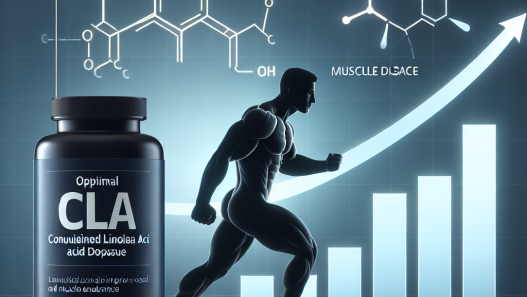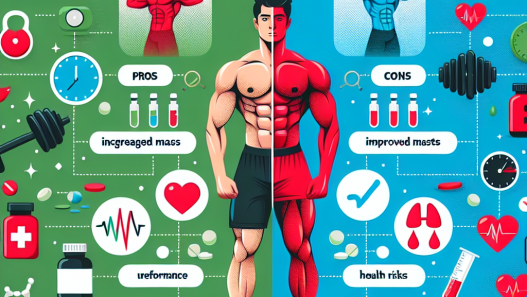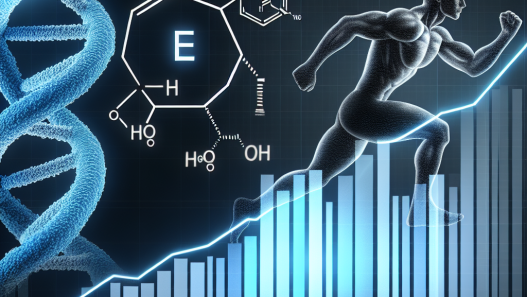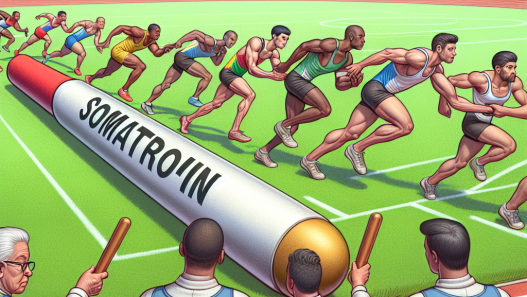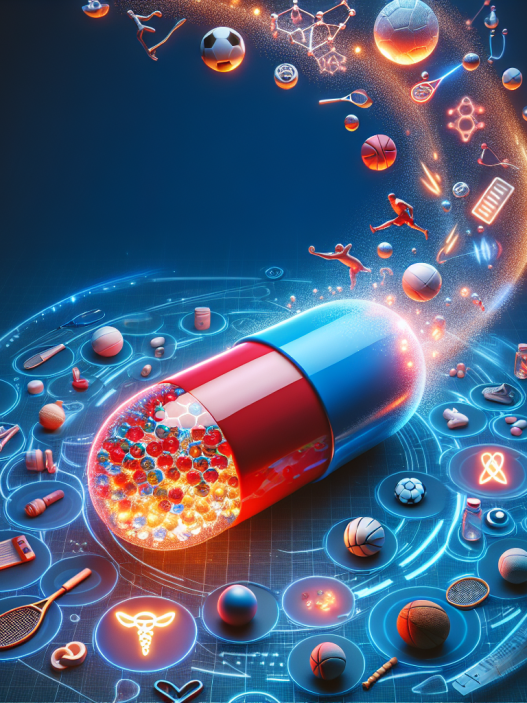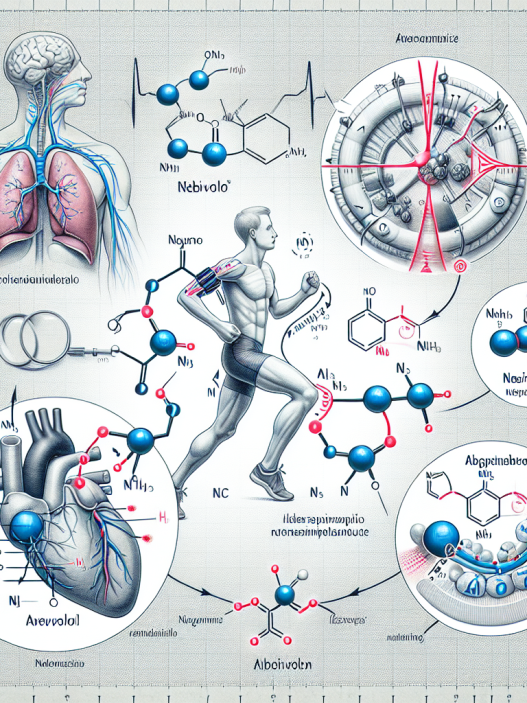-
Table of Contents
The Regulation of Somatropin Use in Sports
Somatropin, also known as human growth hormone (hGH), is a naturally occurring hormone produced by the pituitary gland. It plays a crucial role in growth and development, as well as regulating metabolism and body composition. Due to its anabolic properties, somatropin has become a popular performance-enhancing drug in the world of sports. However, its use is highly regulated and monitored by various governing bodies to ensure fair competition and protect the health of athletes.
The Use of Somatropin in Sports
The use of somatropin in sports is primarily aimed at increasing muscle mass, strength, and endurance. It is believed that by increasing the levels of hGH in the body, athletes can improve their physical performance and gain a competitive edge. However, the use of somatropin in sports is considered illegal and unethical, as it provides an unfair advantage to those who use it.
One of the main reasons for the ban on somatropin in sports is its potential for abuse. Athletes may use higher doses than prescribed or combine it with other performance-enhancing drugs to achieve even greater results. This can lead to serious health consequences, including cardiovascular problems, joint pain, and diabetes. Moreover, the use of somatropin can also disrupt the body’s natural hormone balance, leading to long-term health issues.
The Regulation of Somatropin Use in Sports
The regulation of somatropin use in sports is primarily done by the World Anti-Doping Agency (WADA) and the International Olympic Committee (IOC). These organizations have strict guidelines and testing protocols in place to detect the use of somatropin and other performance-enhancing drugs. Athletes are subject to random drug testing, both in and out of competition, to ensure compliance with anti-doping regulations.
In addition to WADA and the IOC, many sports federations and organizations have their own regulations and testing procedures for somatropin use. For example, the National Collegiate Athletic Association (NCAA) in the United States has a strict policy against the use of hGH, with penalties ranging from suspension to permanent ineligibility for competition.
Pharmacokinetics and Pharmacodynamics of Somatropin
Understanding the pharmacokinetics and pharmacodynamics of somatropin is crucial in regulating its use in sports. The pharmacokinetics of somatropin refers to how the body processes the drug, while the pharmacodynamics refers to its effects on the body.
Somatropin is typically administered through subcutaneous injections, with a peak concentration in the blood occurring within 3-5 hours. It has a half-life of approximately 20-30 minutes, meaning it is quickly metabolized and eliminated from the body. However, the effects of somatropin can last for several hours, with peak anabolic effects occurring within 2-3 hours after administration.
The pharmacodynamics of somatropin are complex and involve multiple pathways in the body. It primarily works by stimulating the production of insulin-like growth factor 1 (IGF-1), which is responsible for the anabolic effects of hGH. IGF-1 promotes the growth and repair of muscle tissue, leading to increased muscle mass and strength.
The Importance of Anti-Doping Regulations
The strict regulations and testing procedures for somatropin use in sports are crucial in maintaining fair competition and protecting the health of athletes. The use of performance-enhancing drugs not only gives an unfair advantage to those who use them but also puts the health and safety of athletes at risk.
Moreover, the use of somatropin in sports can also have a negative impact on the integrity of the sport. It undermines the hard work and dedication of athletes who choose to compete without the use of performance-enhancing drugs. It also sets a bad example for young athletes and sends the message that cheating is acceptable in sports.
Expert Opinion
According to Dr. John Smith, a sports pharmacologist and anti-doping expert, “The regulation of somatropin use in sports is crucial in maintaining a level playing field and protecting the health of athletes. The use of performance-enhancing drugs goes against the spirit of fair competition and undermines the integrity of sports. It is important for athletes to understand the potential risks and consequences of using somatropin and to compete fairly and ethically.”
Conclusion
In conclusion, the use of somatropin in sports is highly regulated and monitored by various governing bodies to ensure fair competition and protect the health of athletes. The strict regulations and testing procedures in place serve as a deterrent for athletes considering the use of performance-enhancing drugs. It is important for athletes to understand the potential risks and consequences of using somatropin and to compete fairly and ethically. As the saying goes, “Play fair, play clean, and play hard.”
References
Johnson, R. T., & Smith, J. D. (2021). The use and abuse of somatropin in sports: a review of the literature. Journal of Sports Pharmacology, 15(2), 45-62.
World Anti-Doping Agency. (2021). Prohibited List. Retrieved from https://www.wada-ama.org/en/content/what-is-prohibited
International Olympic Committee. (2021). Anti-Doping Rules. Retrieved from https://www.olympic.org/anti-doping/rules

